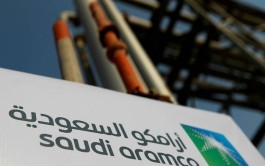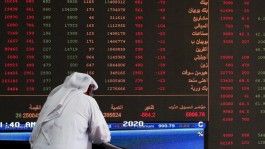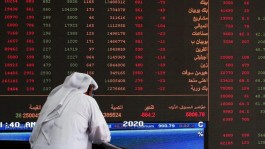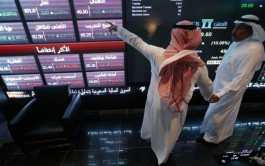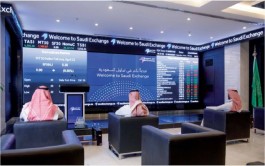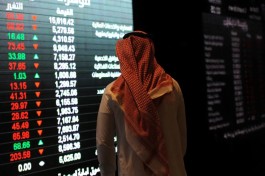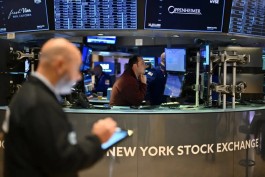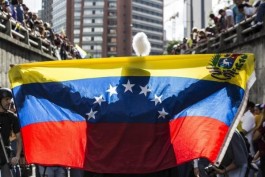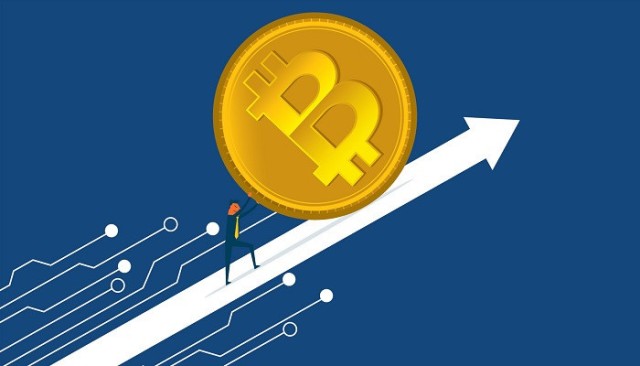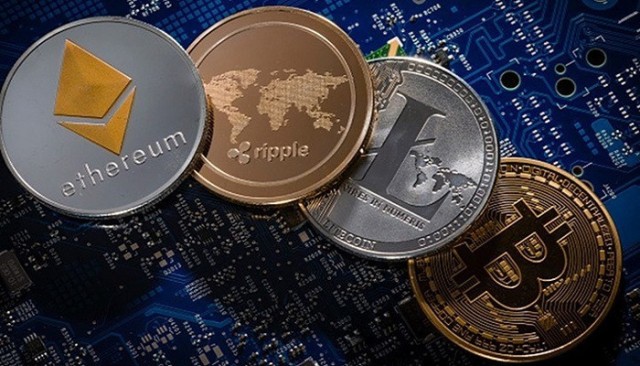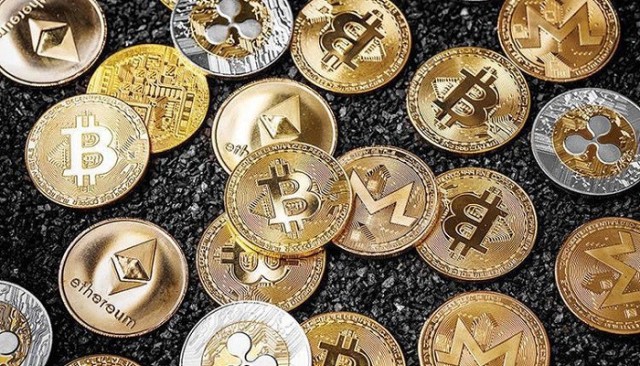Altcoins continue to rise while Bitcoin (BTC) price remains trapped in the $31,000 to $36,000 price range.
The expected scale appears to help Terra (LUNA), a blockchain protocol specializing in stablecoins pegged to fiat currencies such as the USD (UST) to operate a global stable payment system. for the price.
According to Cowen Telegraph, a swipe through the project's Twitter feed indicates that the team behind (LUNA) was busy because June was littered with protocol upgrades as well as New Partnerships and Integration.
Some of the major developments in the Terra ecosystem include the launch of Mirror Version 2, the addition of revenue-generating opportunities for Terra on Divine and the listing of Luna on the Crypto.com exchange.
Terra Labs support provides a boost
Tera's price action received a boost on July 7 after Terra Labs (TFL), the company behind Tera Blockchain, committed to using 50 million Tera SDTs. (SDT) of approximately UST 70 million from the TFL Stabilization Reserve Fund to invest the Angkor Protocol Return Reserve (ANC).
This was done in order to provide sufficient time to introduce more types of safeguards, self-sustainability, and protocol improvements due to be released in the coming weeks as part of Anchor Version 2.
p>
This step will also help keep the rate offered to UST stackers on the Anchor protocol at 20%.
Partnerships highlight demand for stablecoins
Another potential source of the current upward momentum came after the team announced a full partnership with the Harmony Protocol (ONE) that will enable the migration of terrestrial reservoirs to the Harmony ecosystem.< /p>
This partnership highlights the growing demand for trusted and secure stablecoins able to operate across multiple blockchains to aid operations and facilitate ecosystem expansion.
Vortex data from Coin Telegraph Markets Pro started detecting a bullish outlook for Luna on July 3rd, before the latest price rally.
The Cointelegraph-exclusive Vortex score is an algorithmic comparison of historical and current market conditions derived from a range of data points including market sentiment, trading volume, recent price movements and Twitter activity .









